How to See the Liberty Bell...in Queens
A copy of the famous American bell can be found inside a bank, which itself is modeled after Independence Hall!


Although born and raised in Texas, part-time photographer Taylor Chapman knows the NYC subway system better than any native New Yorker. Over the course of eleven years, Chapman has compiled more than 50,000 photographs taken at the end of the subway lines across New York City through his project aptly named “End of the Line.”
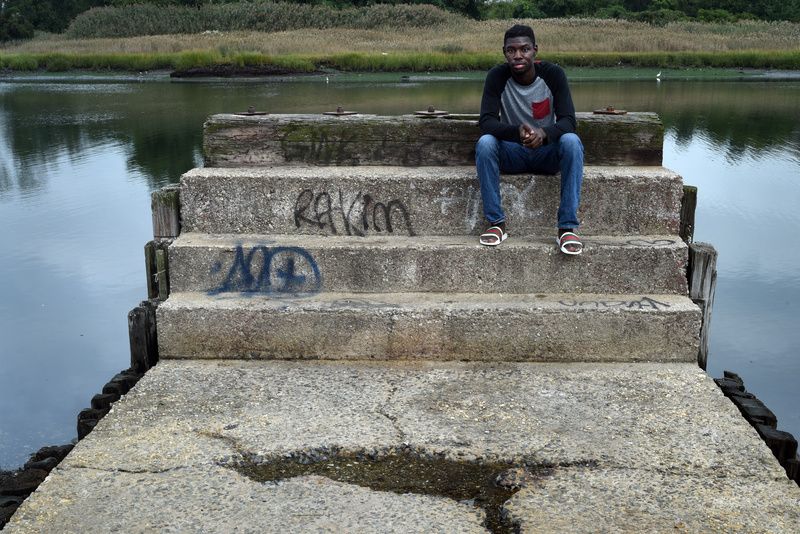
The project contains 44 visual essays ranging from 10 to 15 photographs each, that celebrate the distinct communities that can be discovered when one takes the subway to the end of one of NYC’s 26 subway lines.
Growing up in Houston, Chapman first came to New York City when he was 16 and knew he had fallen in love with it. At the same age, after his father had converted a bathroom in their house into a darkroom, he also fell in love with photography. Chapman studied photography at Yale University and did Teach for America in Charlotte, North Carolina. He then lived for a time in Japan where he pursued a long-form photography project documenting over 500 Japanese people from all walks of life, ranging from farmers and prostitutes to politicians and schoolchildren.
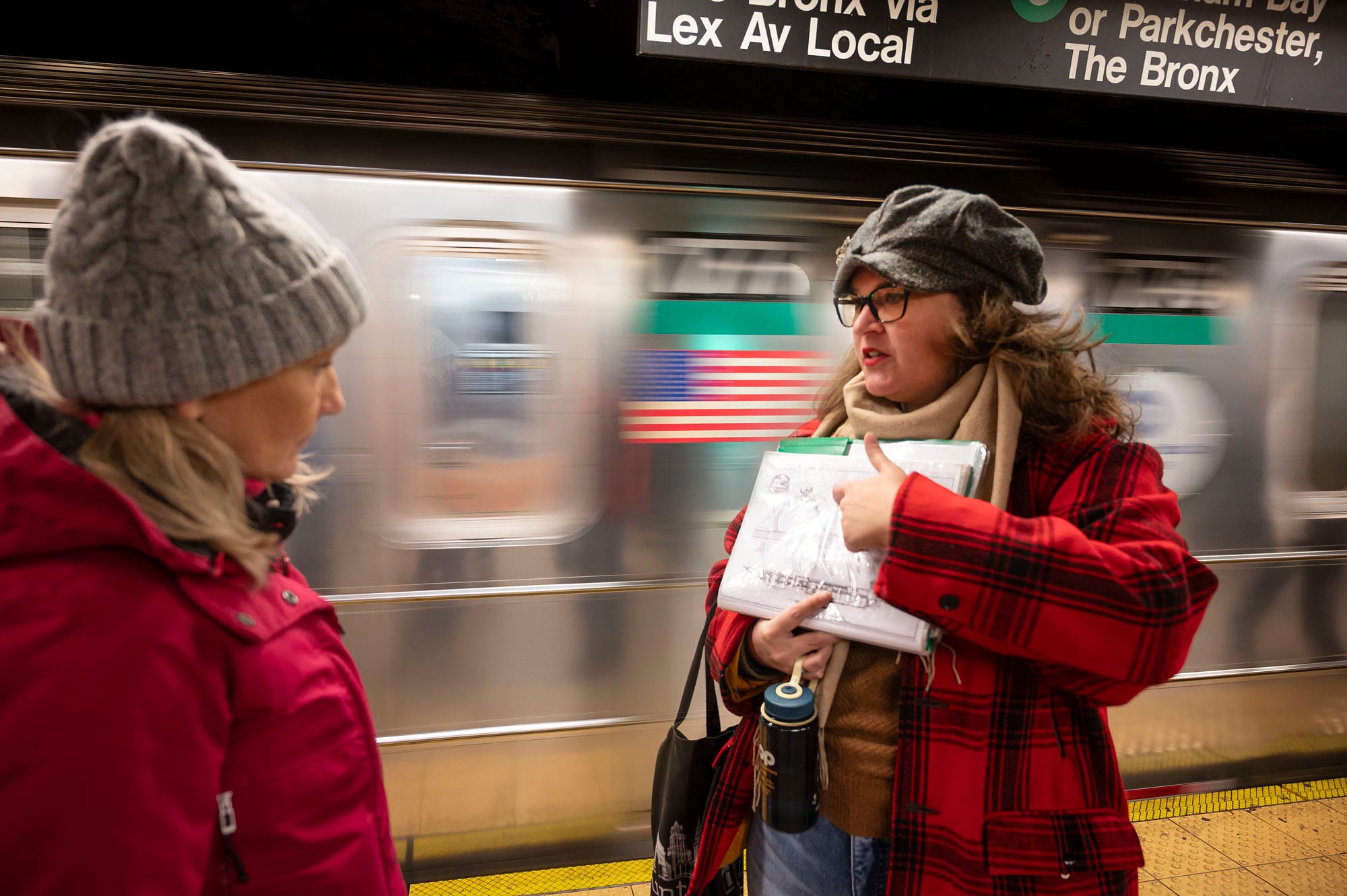
Ride through the oldest stations, uncover hidden art, and more!
The adventurous photographer moved back to Boston for grad school then immediately afterward packed up and hit the road for New York. In 2012, just a year after settling into life in the city, he began his adventure of seeking out communities at the end of the lines.
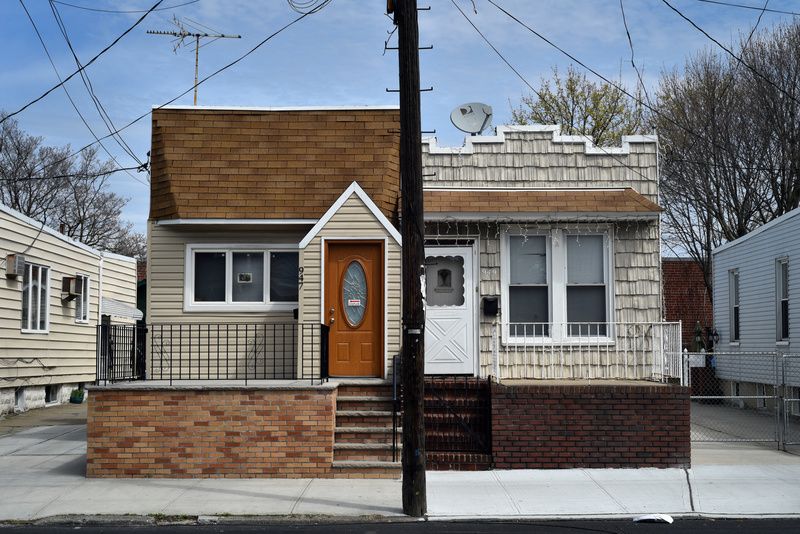
“Part of it was, ‘Okay, I’ve moved to New York City, I know that I love this city, I know that I want to get to know it deeply, and I know that I want to experience parts of it that I might not if I’m commuting into Midtown to work or hanging out with friends at bars in Williamsburg on the weekend. How do I get to know this city intimately in a way that takes me beyond the bounds of what I might otherwise experience?'” Chapman says.
Growing up in Houston, Chapman had a more or less apple-pie American childhood, but when he returned to student-teach, he found himself in a part of the city he hardly recognized. The realization that people in one city could be experiencing vastly different lives was eye-opening for the photographer. “That’s something that I very much took to heart, and I have spent a lot of effort over the subsequent years to ensure that I am not living that way anymore and that I am experiencing many different kinds of realities and not just living in a bubble.”
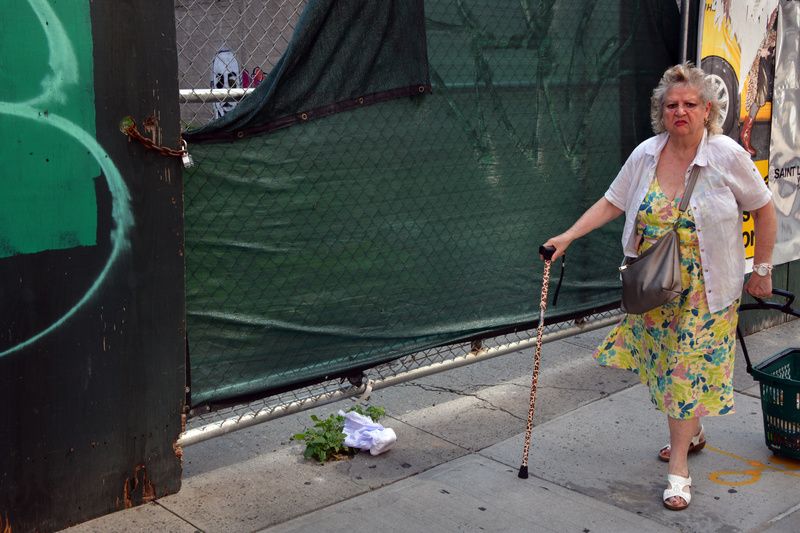
When Chapman moved to New York City he did everything he could to ensure he experienced the fullness of what the city had to offer. Drawing inspiration from distinguished photographers such as August Sander, Joel Sternfeld, and Garry Winogrand, he had a vision for the project he wanted to bring to life. He decided to experience the complexity of New York by turning over the rocks sitting at the end of the subway lines and discovering the lives hidden beneath. Getting up on a Saturday morning, pulling out his subway map, and asking himself “Where have I not been?” No matter where it led, Chapman and his camera were in for the long haul to find out.

“How do you get a sense of a place? One thing that I started doing was I would get off the train and put into Google Maps ‘dive bar’ and find the place that was closest to the train stop.” Chapman adds, “You could often get a couple of older folks, usually men, who would talk your ear off about how the neighborhood has changed, and what it used to be like, and what it’s like now.”
From goat curry competitions with six-foot-tall trophies to grandiose pigeon auctions and Victory Days celebrating USSR World War II veterans wearing ribbons in support of Ukraine, Chapman has seen a multitude of wonders all over the city that many people miss when sticking to their routines. He says, “When you scratch the surface and make the conscious effort to talk and look and explore, whole worlds open up to you.”
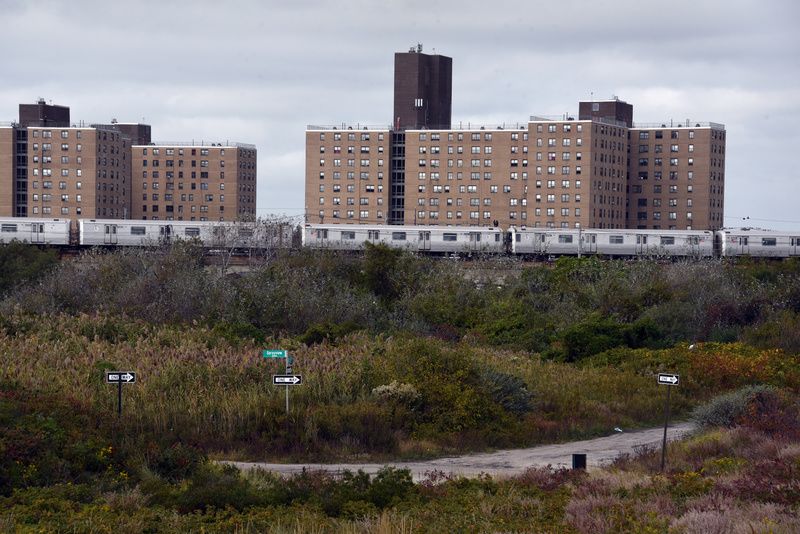
After meeting and photographing an older man on the street in the Upper East Side at the end of the Q train, Chapman was invited back to the man’s apartment. The stranger, Tibor Racz, then unfolded the story of his life. Chapman heard about how the man had grown up the son of a domestic servant in Hungary. He’d never met his father. lived in the countryside during World War II, and fled Hungary after becoming a student activist against the Soviets. The man emotionally recounted how he had left his best friend behind on a bridge in Budapest and has been living his own quiet life in the city ever since.
“One person you meet on the street at the end of the line can unfurl a whole universe unto themselves, and I think that’s emblematic of New York. New York contains multitudes, but those people themselves contain multitudes.”
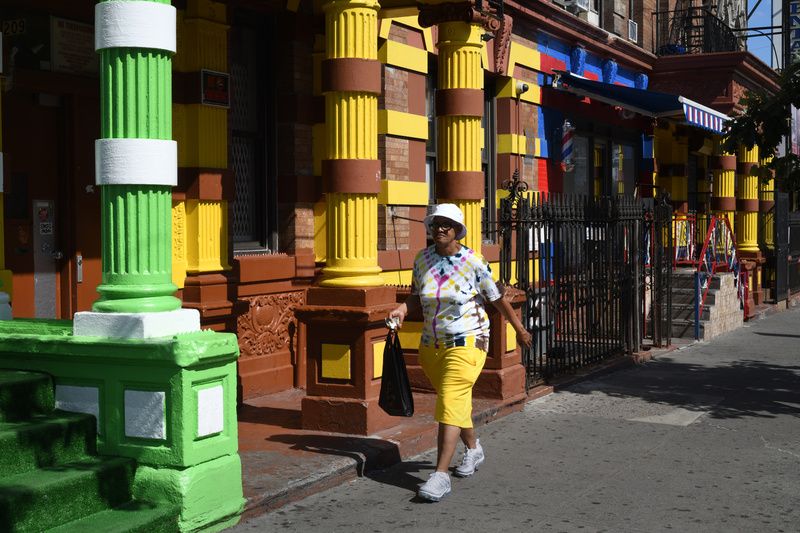
“End of the Line” is a photographic collection, but with help from a professor and her grad student at Columbia University, Chapman was able to compile geographical data to add to the richness of the project. They used statistics from half-mile circles drawn around each terminus, including the most recent census and community survey data, to discern a demographic picture of each of the 44 communities. This gave Chapman a numerical idea of the diversity in each community from a range of variables including age, race, income level, and country of origin.
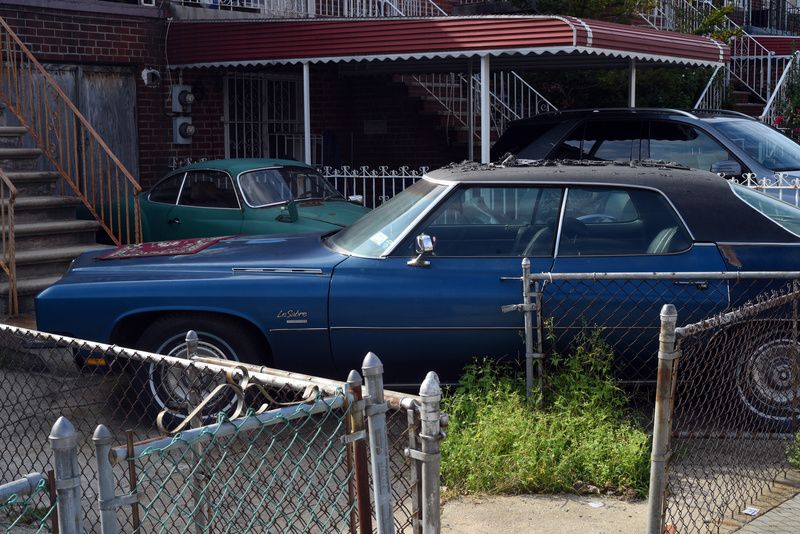
“New York is infinite. Every stop contains tens of thousands of souls, and each of those souls is a whole world unto itself.” Chapman adds, “Unique to New York – probably more than any other city on the planet – is that many, many of those souls are from elsewhere and have incredible backstories. Each stop touches tens of thousands of other worlds around the globe.”
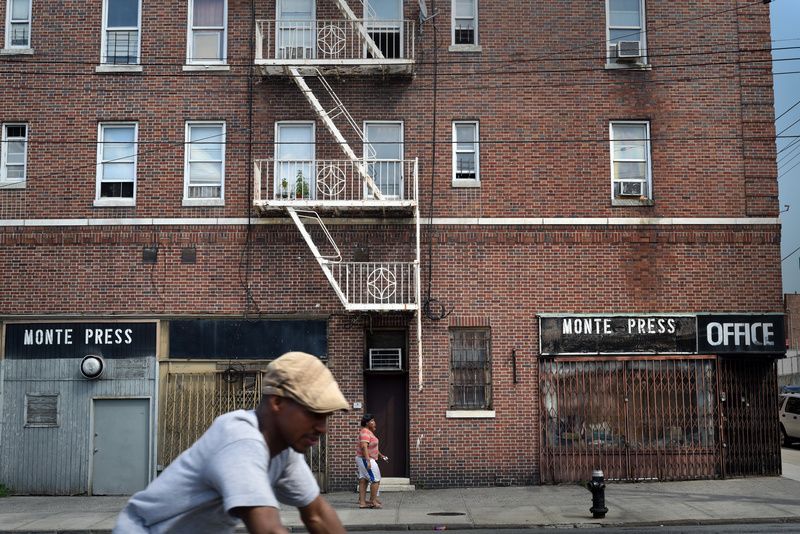
Overall “End of the Line” creates a unique mosaic showcasing a sample of New York City’s seemingly uncapturable and sparkling population of over 8 million people. Those interested can take a look at some of the people and moments documented by Taylor Chapman on his adventures around NYC and elsewhere on his Instagram page or his website.
Next, check out What to See at the End of the E Train and What to See at the End of the A Train
Subscribe to our newsletter